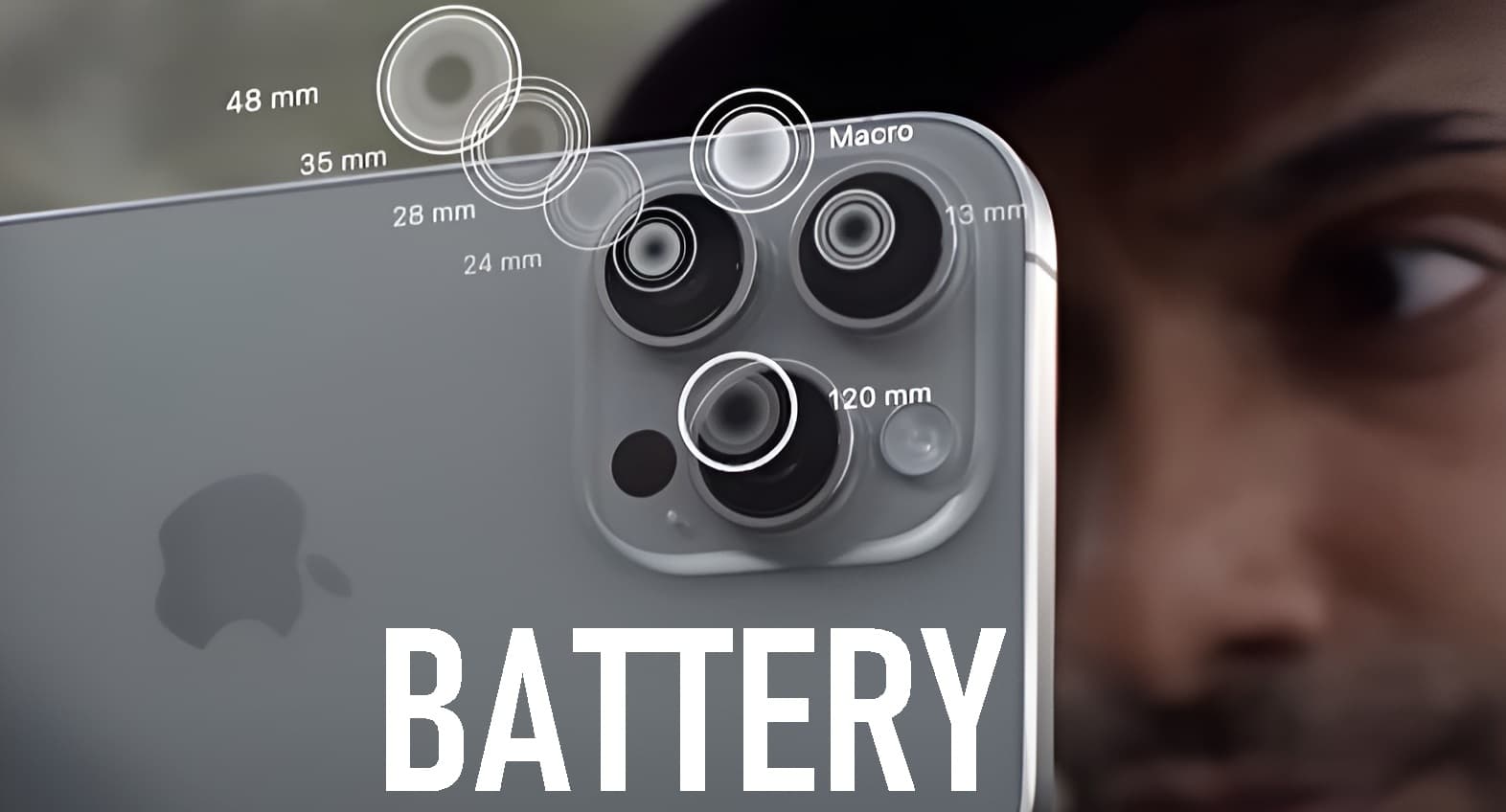Smartphone technology is always evolving, and one of the most exciting areas of progress is in smartphone cameras. Both Apple and Android devices are pushing the boundaries, each with its own approach and innovations. In this article, we’ll delve into how smartphone cameras have evolved, the role of AI and machine learning, and the latest trends in mobile technology.

Smartphone Camera Evolution: Apple vs. Android
Apple’s Camera Evolution
Apple has consistently focused on refining the user experience with its camera systems. Recent innovations include:
- Computational Photography: Apple uses computational photography to enhance image quality. Features like Night Mode, Deep Fusion, and Smart HDR combine multiple exposures to create detailed, well-lit photos.
- ProRAW and ProRes: For professionals, Apple introduced ProRAW and ProRes formats, providing more control and higher quality for photography and video recording.
- Advanced Video Capabilities: With Dolby Vision HDR recording and cinematic mode, Apple’s latest iPhones offer high-quality video features, enabling users to create more dynamic content.
Android’s Camera Innovations
Android devices often lead in camera hardware and versatility:
- High Megapixel Sensors: Android phones, like the Samsung Galaxy S series, frequently feature high-resolution sensors (up to 200 MP), enabling detailed images and advanced zoom capabilities.
- Multiple Camera Lenses: Many Android phones come with multiple lenses, including wide, ultra-wide, and telephoto, allowing for greater flexibility in shooting.
- Computational Photography: Similar to Apple, Android manufacturers use computational photography, but with additional features like real-time image processing and AI-driven enhancements.
The Role of AI and Machine Learning in Smartphones
AI and machine learning have become integral to modern smartphones, enhancing various aspects of their functionality:
1. Enhanced Photography
AI algorithms analyze scenes to optimize settings automatically, improving photo quality. For example, AI can adjust exposure, focus, and even recognize and enhance different types of scenes (e.g., landscapes, portraits).
2. Smarter Assistants
Virtual assistants like Siri and Google Assistant use AI to understand natural language, perform tasks, and provide personalized recommendations. They learn from user interactions to improve their accuracy and usefulness over time.
3. Battery Management
AI helps manage battery life by learning usage patterns and optimizing power consumption. This leads to more efficient energy use and longer-lasting battery life.
4. Security Features
AI enhances security features such as facial recognition and fingerprint scanning. It improves accuracy and speed, making unlocking your phone and verifying your identity quicker and more secure.
Why Apple Lags Behind Android in Certain Innovations
Apple tends to be more conservative with new technology, which sometimes results in it lagging behind Android in specific areas:
1. Hardware Variety
Android manufacturers are quick to adopt and experiment with new hardware technologies, such as foldable screens and high-megapixel sensors. Apple often waits until these technologies are refined before integrating them.
2. Customization
Android offers more customization options, from the user interface to system settings. Apple’s more controlled ecosystem means fewer customization choices for users.
3. Speed of Innovation
Android devices often lead in adopting new features and innovations. Apple may take longer to implement these technologies, but when it does, the features are typically more polished.
How Android Manufacturers are Pushing the Innovation Boundaries
1. Foldable Technology
Android brands like Samsung and Huawei are leading the way in foldable phones. These devices offer flexible screens that can transform from a phone to a tablet, providing new ways to interact with content.
2. 5G and Beyond
Android phones were among the first to adopt 5G technology, enhancing connectivity and speed. Looking ahead, Android manufacturers are also exploring 6G and other next-generation technologies.
3. Advanced AI Integration
Android devices often feature advanced AI capabilities, such as real-time language translation, enhanced photo editing, and smarter virtual assistants. These innovations offer users more functionality and convenience.
Trends in Mobile Display Technology: AMOLED vs. LCD
AMOLED Displays
- Advantages: AMOLED (Active Matrix Organic Light Emitting Diode) displays offer vibrant colors, deeper blacks, and better contrast. They are also more power-efficient when displaying dark images.
- Disadvantages: AMOLED screens can suffer from burn-in, where static images get “stuck” on the screen over time.
LCD Displays
- Advantages: LCD (Liquid Crystal Display) screens are generally less expensive and have fewer issues with burn-in. They also offer good brightness levels and color accuracy.
- Disadvantages: LCDs usually have lower contrast ratios and less vibrant colors compared to AMOLED screens.
How Foldable Phones are Changing the Smartphone Market
Foldable phones represent a significant shift in smartphone design and functionality:
1. Versatility
Foldable phones combine the portability of a phone with the larger screen experience of a tablet. This versatility allows for multitasking and a more immersive media experience.
2. Innovative Use Cases
Foldable screens enable new use cases, such as running multiple apps simultaneously on different sections of the screen or using the phone in a tent-like mode for video calls and media consumption.
3. Design Challenges
While foldable phones offer exciting possibilities, they also come with design challenges, such as durability and screen reliability. Manufacturers are continually working to address these issues and improve the technology.
Advances in Mobile Gaming Technologies on iPhone and Android
1. Graphics and Performance
Both iPhone and Android devices are pushing the limits of mobile gaming with powerful processors and high-resolution displays. iPhones benefit from Apple’s A-series chips, while Android devices use powerful Snapdragon and other gaming-optimized processors.
2. Game Streaming
Services like Apple Arcade and Google Stadia allow users to stream games, reducing the need for high-end hardware and providing access to a broader range of titles.
3. Controller Support
Mobile gaming is enhanced by support for external controllers. Both iOS and Android support various gaming controllers, improving the gaming experience for users who prefer physical controls.
Future of Biometric Security in Smartphones
1. Under-Display Fingerprint Sensors
Biometric security is evolving with under-display fingerprint sensors, which are becoming more accurate and faster. These sensors are embedded beneath the screen, allowing for a seamless and secure unlocking experience.
2. Enhanced Facial Recognition
Future advancements in facial recognition technology will improve accuracy and security, making it harder for unauthorized users to unlock your device.
3. Multi-Factor Authentication
Combining different biometric methods (e.g., fingerprint and facial recognition) with traditional security features like passwords provides an additional layer of protection.
The Rise of eSIM Technology in Smartphones
1. What is eSIM?
eSIM (embedded SIM) technology allows for digital SIM activation without needing a physical SIM card. It simplifies the process of switching carriers and managing multiple numbers.
2. Advantages
eSIM technology offers flexibility in carrier management, reduces the need for physical SIM cards, and supports dual SIM capabilities in a more compact form factor.
3. Adoption
As more manufacturers and carriers support eSIM, its adoption is expected to increase, offering greater convenience and efficiency for users.
Role of Custom Silicon in Smartphone Performance
1. Apple’s A-Series Chips
Apple’s custom A-series chips are designed specifically for iOS, providing exceptional performance and efficiency. These chips are optimized for tasks like gaming, photography, and AI, resulting in a smooth user experience.
2. Android’s Custom Chips
Android manufacturers, such as Qualcomm with its Snapdragon series and Samsung with its Exynos chips, also use custom silicon to enhance performance. These chips are tailored for various applications and provide support for advanced features like 5G and AI.
3. Future Directions
Custom silicon allows manufacturers to optimize performance and integrate new technologies more effectively. As smartphone technology evolves, custom chips will play an increasingly important role in shaping the future of mobile devices.
Conclusion
The smartphone industry is dynamic and fast-moving, with Apple and Android driving innovation in various areas. From camera technology and AI integration to foldable screens and custom silicon, each platform brings its own strengths and advancements. Keeping up with these trends helps you understand the technology shaping our digital lives and make informed decisions about your next smartphone.














